1. Using Leaded Gasoline
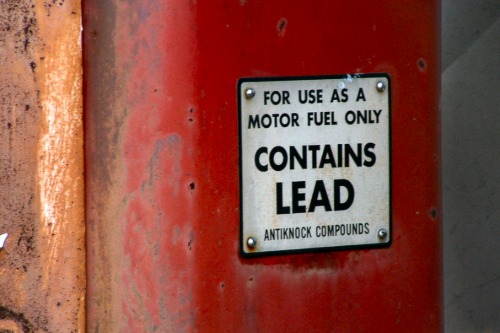
For much of the 20th century, cars ran on leaded gasoline, and no one thought twice about its effects, even though, according to Kat Eschner from Smithsonian Magazine, they were known. Gas stations proudly advertised “ethyl” gas, which contained lead additives to improve engine performance. It wasn’t until the 1970s and ‘80s that people started to realize the serious health and environmental consequences of leaded fuel. Today, using leaded gasoline is banned in most of the world, and unleaded fuel is the only option for consumer vehicles.
The dangers of lead poisoning, particularly for children, led to strict regulations and a phase-out of leaded gas. Research showed that lead exposure from car emissions contributed to cognitive issues and developmental delays. What was once seen as an industry standard is now considered a toxic relic of the past. The shift to unleaded fuel is one of the biggest public health victories of modern times.
2. Smoking Everywhere—Even in Hospitals
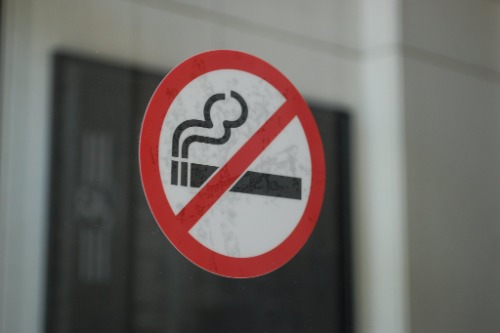
It’s hard to imagine now, but there was a time when people smoked just about anywhere—including hospitals, airplanes, and even classrooms, according to Ersilia Pompilio from Working Nurse. Up until the 1980s and early 1990s, smoking indoors was completely normal, and non-smokers were expected to just deal with it. Doctors would sometimes be seen smoking while making their rounds, and cigarette ads even suggested certain brands were “healthier.” Today, with what we know about secondhand smoke, the idea of lighting up in a hospital or office building feels unthinkable.
The cultural shift came as public health campaigns started emphasizing the dangers of smoking, leading to strict regulations. Indoor smoking bans began sweeping the country in the ‘90s and early 2000s, making it rare to see people puffing away indoors. Now, designated smoking areas are the norm, and seeing someone light up in a public building would likely cause an uproar. What was once a standard part of daily life is now considered a public health hazard.
3. Letting Kids Roam Free
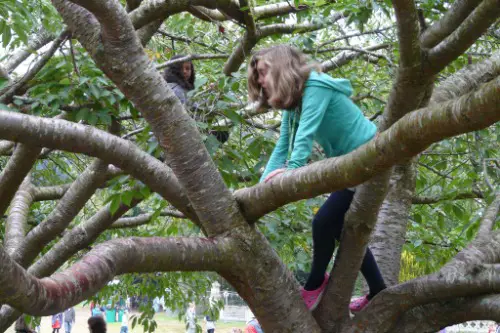
Back in the day, kids would leave the house in the morning and not come back until dinner, and no one thought twice about it. Parents didn’t track their children’s whereabouts with GPS or cell phones, and the expectation was that kids would be fine as long as they were home by dark. It wasn’t unusual for kids to ride bikes miles away from home, play in empty lots, or even hitchhike without much concern. Today, this level of independence might result in a call to Child Protective Services, according to Annie Reneau from Upworthy.
Modern parenting has shifted toward constant supervision, with fears of crime and accidents leading to fewer unsupervised outdoor adventures. While statistics show that crime rates were often higher in the past, the rise of social media has amplified concerns about child safety. Helicopter parenting is now the norm, and kids playing alone outside can be seen as neglect. What was once considered normal childhood freedom is now often viewed as irresponsible.
4. Driving Without Seat Belts

Before the 1980s, seat belts were more of an optional accessory than a necessity, and many people just didn’t use them. Kids would pile into the backseat—or even the back of a pickup truck—without a second thought. Car manufacturers weren’t even legally required to install seat belts in all vehicles until 1968, and enforcement of seat belt laws didn’t begin in most states until the late ‘80s and ‘90s. Now, buckling up is second nature, and not wearing a seat belt can get you a hefty fine.
The shift came as studies overwhelmingly showed that seat belts save lives, leading to stricter laws and safety campaigns. What used to be a casual decision is now seen as a basic safety measure, and most people wouldn’t think of driving without one. In fact, many modern cars beep relentlessly if you don’t buckle up, making it nearly impossible to ignore. While it once seemed normal to ride in a moving car unrestrained, today, it’s considered reckless.
5. Drinking at Work
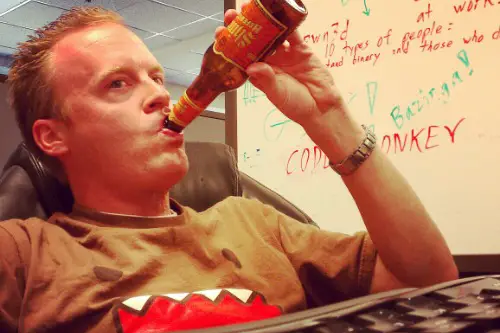
There was a time when having a cocktail at your desk or cracking open a beer at lunch wasn’t unusual, especially in industries like advertising and journalism. Workplace happy hours sometimes started well before quitting time, and some offices even had fully stocked bars, according to Zoe Williams from The Guardian. It wasn’t unheard of for executives to sip whiskey during meetings or for employees to keep a bottle in their desk drawer. Today, showing up to work with alcohol on your breath could cost you your job.
The shift away from workplace drinking came as attitudes toward professionalism and liability changed. Companies started to recognize the risks of alcohol-related mistakes and workplace harassment, leading to stricter policies. While occasional happy hours still exist, the idea of casually drinking on the clock is no longer socially acceptable. Now, a midday martini would raise eyebrows instead of boosting office morale.
6. Hitchhiking Without Fear
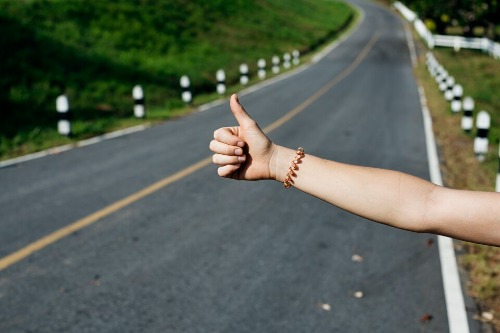
Hitchhiking used to be a common and accepted way to get around, especially for young people and travelers. It wasn’t unusual to see people thumbing for a ride on highways or in small towns, and many drivers were happy to pick up a stranger. While there were always risks, the practice was generally seen as a practical and adventurous way to travel. Today, both drivers and hitchhikers are far less trusting of each other, according to Tamsin Omond and Lucy Cavendish from The Guardian.
Concerns over crime, abductions, and scams have made hitchhiking nearly extinct in the U.S. Now, the thought of getting into a stranger’s car—or picking someone up—feels dangerous rather than practical. True crime stories and Hollywood movies have also helped fuel fears about hitchhiking. What was once an everyday way to get from place to place is now mostly relegated to history books.
7. Bringing Weapons to School
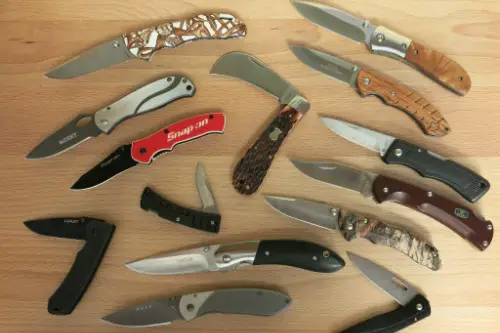
It might sound shocking today, but there was a time when students brought pocket knives or even hunting rifles to school without causing panic. In rural areas, it wasn’t uncommon for high school students to have guns in their trucks during hunting season. Some schools even had rifle clubs, where students would practice shooting as part of an extracurricular activity. Today, the presence of any weapon on school grounds is taken extremely seriously.
The rise in school shootings and concerns about safety have led to strict zero-tolerance policies. What was once seen as a normal part of rural life is now considered a major security threat. Schools have metal detectors, security officers, and strict policies against anything resembling a weapon. The shift reflects growing concerns about violence and a desire to keep students safe.
8. Spanking Kids in Public
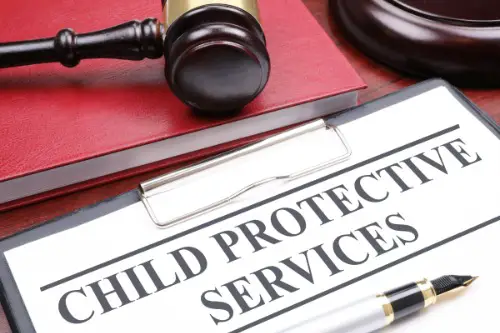
Not long ago, it was perfectly normal to see parents—or even teachers—spanking children in public without anyone batting an eye. Corporal punishment was widely accepted as a form of discipline, both at home and in schools. A swat on the bottom or a smack on the hand was considered a quick and effective way to correct bad behavior. Today, public spanking is far more controversial and could even result in a call to child services.
As parenting styles have evolved, spanking has fallen out of favor, with many experts warning about its negative psychological effects. In many schools, corporal punishment is outright banned, and parents who spank their kids in public often face judgment—or worse, intervention from bystanders. The shift toward positive reinforcement and gentle parenting has made public discipline a much more delicate issue. What was once a common display of authority is now widely frowned upon.
9. Letting Strangers Babysit
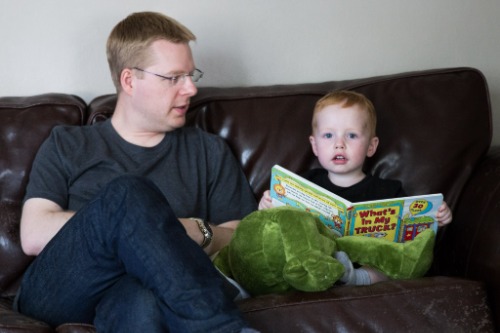
There was a time when parents had no problem leaving their kids with a neighbor, a distant relative, or even a teenager they barely knew. Babysitting wasn’t a professionalized job, and background checks were unheard of—parents simply trusted their gut when choosing someone to watch their kids. Many people grew up with stories of being left in the care of a teenager who barely paid attention or let them get away with anything. Today, parents are far more cautious about who they trust with their children.
Now, babysitters often need references, experience, and even CPR certifications before parents will consider hiring them. The rise of online babysitting services has also increased expectations for credentials and background checks. With concerns about child safety more prominent than ever, leaving your kid with a near-stranger would be considered highly irresponsible. What was once an easy decision now involves apps, vetting, and sometimes even hidden cameras.
10. Drinking from the Hose
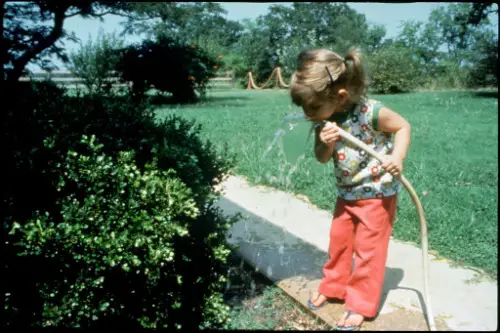
There was a time when no one thought twice about grabbing the garden hose and taking a big gulp of water on a hot summer day. Kids would run around outside, get thirsty, and drink straight from the hose without a second thought. Today, most people are far more cautious about where their water comes from, and drinking hose water is generally discouraged. Concerns about bacteria, chemicals in the hose material, and water contamination have made it something people avoid.
Now, parents insist on filtered water or bottled drinks, and few would let their kids drink from an old rubber hose. Modern hoses are often labeled “not for drinking,” and the idea of slurping warm hose water seems a little gross in hindsight. While plenty of people grew up drinking from the hose without issue, today’s focus on water quality has made it a thing of the past. What was once a childhood ritual is now viewed as a questionable health risk.
11. Not Wearing Helmets on Bikes
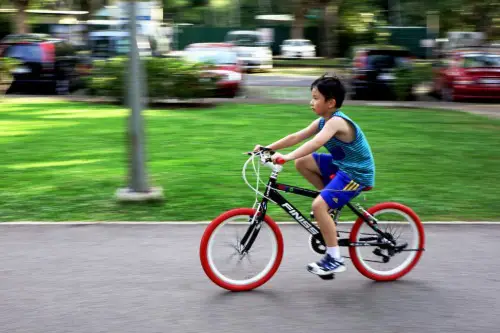
For decades, kids (and adults) rode bikes without helmets, and no one thought much about the potential for serious head injuries. Whether they were riding through neighborhoods, popping wheelies, or racing down hills, helmets were rarely part of the equation. In fact, many bike ads from the ‘50s to the ‘80s didn’t even depict helmets at all. Today, helmet laws are common, and not wearing one—especially for kids—can lead to fines or serious side-eye from concerned parents.
Research on traumatic brain injuries led to widespread campaigns promoting helmet safety, especially in the ‘90s. Many cities have passed laws requiring helmets for children, and bike shops now emphasize safety gear as much as the bikes themselves. Seeing someone ride without a helmet today—especially a kid—can be unsettling because we now know the risks. What was once just part of childhood fun is now a serious safety concern.
12. Talking to Telemarketers
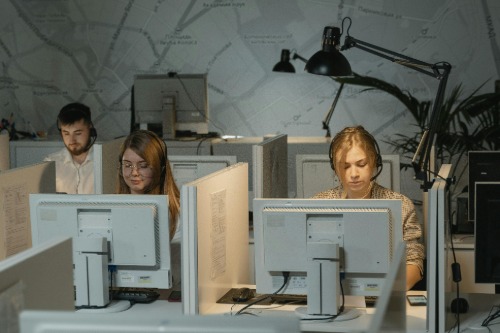
Back in the day, answering a phone call from an unknown number wasn’t seen as a scam risk—it was just part of life. People often chatted with telemarketers, listened to sales pitches, and even bought products over the phone. Long before caller ID became standard, picking up the phone was a gamble, but it was also a normal part of social interaction. Today, most people don’t answer calls from unfamiliar numbers, assuming they’re spam or scams.
With robocalls and fraud at an all-time high, we’ve all been trained to ignore phone calls unless they’re from known contacts. If someone does answer a telemarketer today, it’s usually to hang up immediately or mess with them for fun. The days of politely engaging with a salesperson on the phone are long gone. Now, if your phone rings unexpectedly, there’s a good chance it’s just another car warranty scam.
13. Littering Without a Second Thought
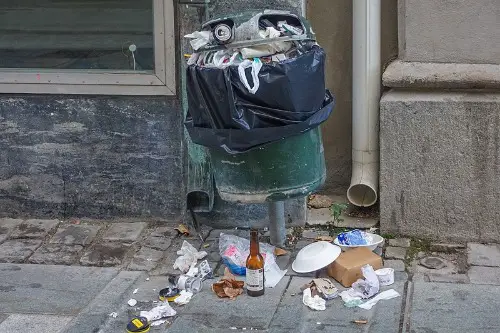
There was a time when throwing trash out of a car window or leaving it on the ground was completely normal. Before major anti-littering campaigns, it wasn’t uncommon to see highways, parks, and city streets covered in discarded wrappers, bottles, and cigarette butts. People thought little of tossing their trash wherever they pleased, and there was little public pressure to do otherwise. Today, littering is not only frowned upon but can also come with hefty fines.
Public awareness campaigns, such as the famous “Crying Indian” ad in the 1970s, helped shift attitudes toward keeping public spaces clean. Now, people are much more likely to be called out for leaving trash behind, and most places have strict littering laws. Environmental consciousness has made recycling and proper disposal second nature to many people. What was once an accepted habit is now seen as irresponsible and harmful.
14. Leaving Doors Unlocked
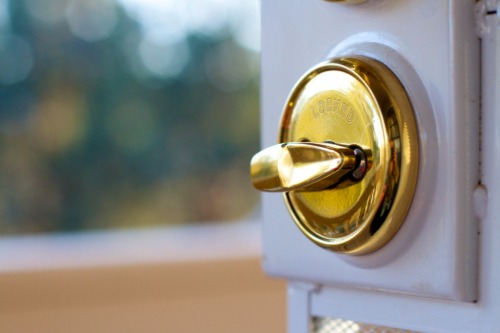
For decades, people in small towns and even some cities left their doors unlocked without concern. Many families didn’t feel the need to lock up when they left home, and some even left their car keys in the ignition. It was a sign of trust in the community, and crime rates in certain areas were low enough that people didn’t feel the need for security measures. Today, leaving your door unlocked is practically an invitation for trouble.
With rising concerns about burglary and home invasions, locking up has become standard practice. Many people now have security cameras, alarm systems, and even smart locks to keep their homes safe. What was once a symbol of neighborly trust is now seen as careless and risky. The days of feeling completely safe without locking up are long gone.
15. Using Mercury Thermometers
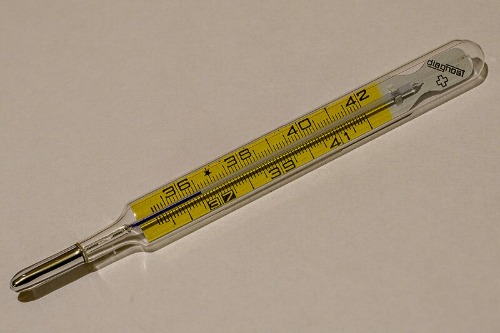
For decades, parents would stick glass mercury thermometers under their children’s tongues without a second thought. These thermometers were common in homes and hospitals, despite the fact that they contained a highly toxic substance. If one broke, mercury beads would scatter across the floor, and kids were sometimes even encouraged to play with the silvery liquid. Today, the use of mercury thermometers is banned in many places due to health concerns.
Mercury exposure can cause serious neurological and developmental issues, which led to the phase-out of these thermometers in favor of digital or alcohol-based alternatives. The idea of willingly handling mercury, let alone putting it in your mouth, seems wild now. If one of these old thermometers were to break today, it would require a hazardous materials cleanup. What was once a household staple is now a public health warning.


